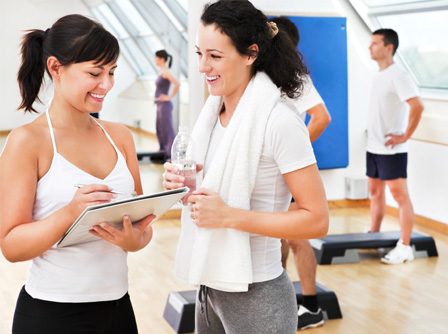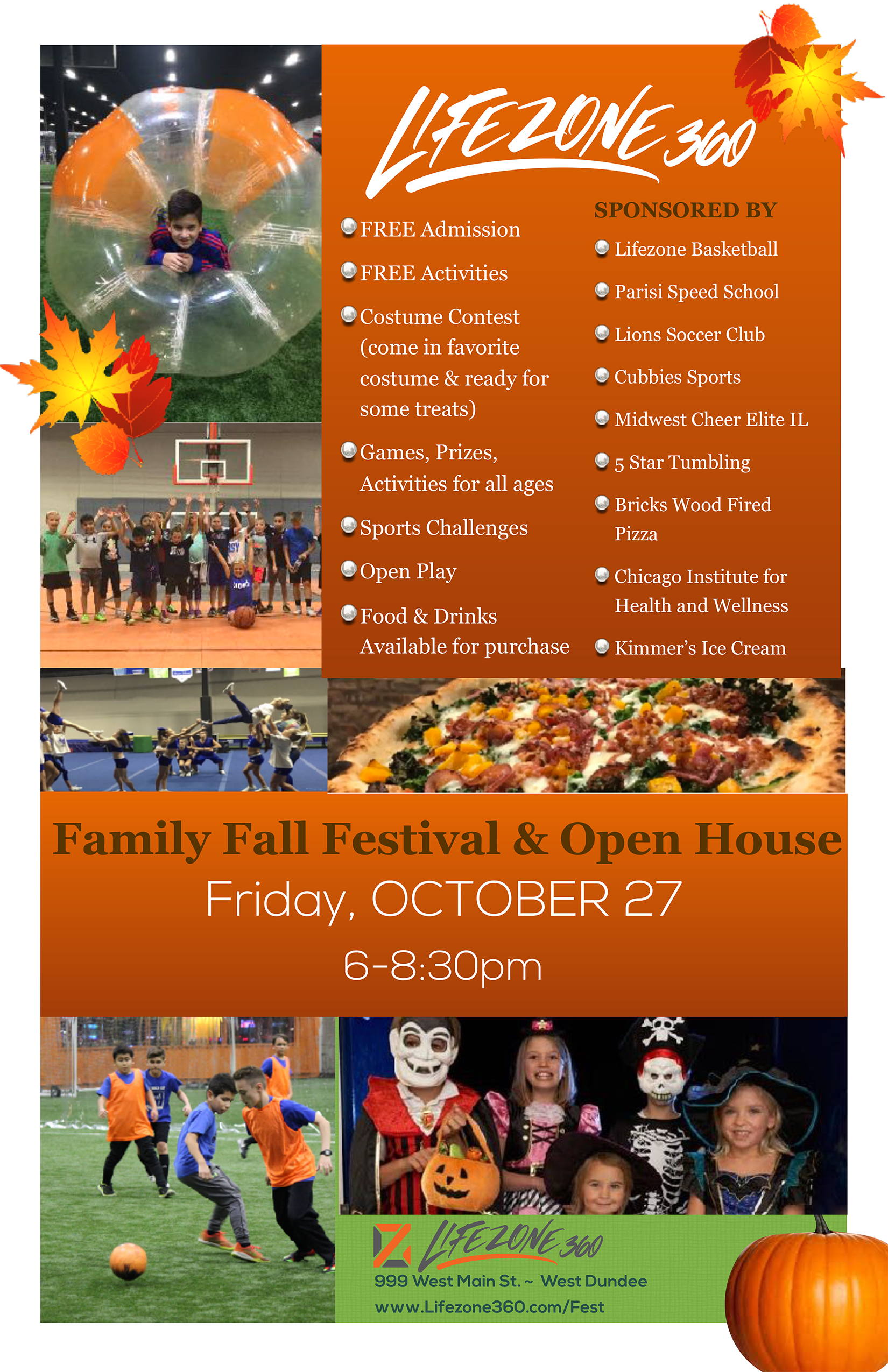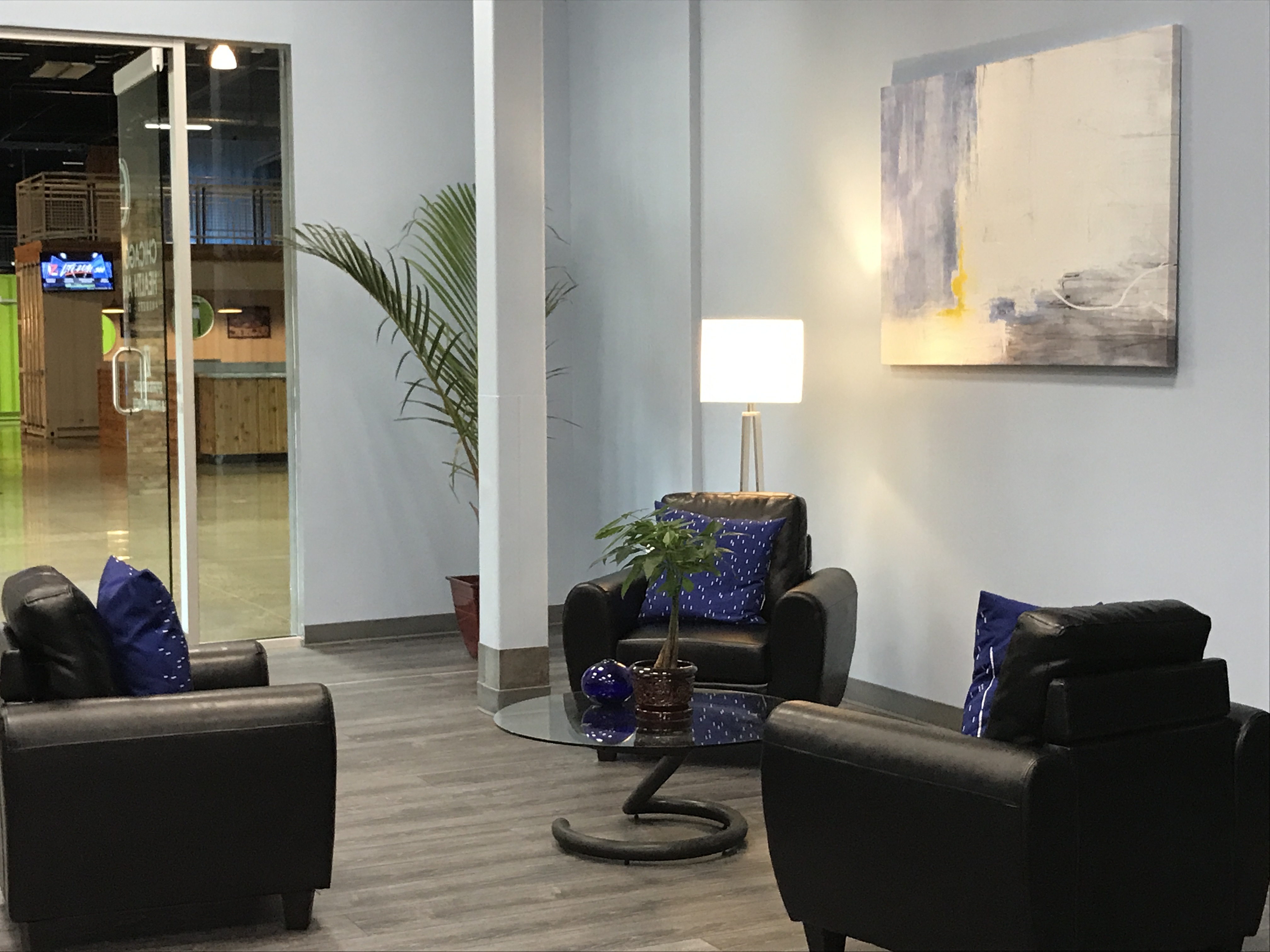Eight Health and Fitness Trendsetters Become Best-Selling Authors with “Never Too Late for Fitness” Hitting No. One on Amazon
Published on September 18, 2017
“Never Too Late for Fitness (Volume One)” featuring eight health and fitness trendsetters hits No. 1 on the Amazon.com Health, Fitness & Dieting Best Sellers List.
Eight health and fitness trendsetters from across the country became No.1 Best Selling Authors when their book “Never Too Late for Fitness (Volume One)” hit No.1 on the Amazon.com Category Best Sellers List on September 14, 2017.
The book is co-authored by Dwayne Wimmer, Maureen Sullivan D.C, Ph.D., Denise Smith PT, CMPT, Mark Palmieri CPT, Thomas M. Mitchell D.C., CCSP, Richard Haynes PTA, CPT, Chris Freeman, and Phil Faris
“Never Too Late for Fitness (Volume One)” is a collaborative book series featuring leading fitness professionals from across the country who are passionate and committed to helping people over 50 get fit, stay fit and live longer, healthier and happier lives.
The 50+ population will be more than 20% of the US population by 2030 and they are facing many challenging health issues. According to a recent JAMA report, “Despite their longer life expectancy over previous generations, US baby boomers have higher rates of chronic disease, more disability, and lower self-rated health than members of the previous generation at the same age.”
Spotlight Publishing owner Phil Faris said, “The health and fitness professionals we selected are passionate about helping people overcome health and fitness issues and learning about maintaining a fit and healthy lifestyle. They answer the common questions and bust the myths and misconceptions so many people over fifty have about their health and fitness.”
Readers can find empowering strategies on the following topics:
- Proven Strategies for Adding Muscle and Increasing Strength at Any Age - Dwayne Wimmer
- How to Take Control of Your Health and Fitness Naturally - Maureen Sullivan, D.C.
- How Injury Prevention Helps Baby Boomers Move Better, Longer and Pain-Free - Denise Smith, PT, CMPT
- Keys to Getting Fit for Baby Boomers - Mark Palmieri, CPT
- Results-Driven Health Care for Baby Boomers - Thomas M. Mitchell, D.C., CCSP
- Keys to Successfully Recovering from Total Knee Replacement Surgery - Richard Haynes PTA, CPT
- Introducing the Reactive Power Trainer for Building Core Strength, Balance, and Coordination - Chris Freeman
- Why it’s Never Too Late for Fitness! - Phil Faris
The co-authors and publisher, Spotlight Publishing have pledged 100% of the royalties from the retail sales of the book to be donated to the Three Rangers Foundation.
Three Rangers Foundation is a 501(c)(3) non-profit organization created to provide lifelong support for all veterans and their families. TRF is unique in that it is funded by private donations as well as by Three Rangers, a for-profit spirits brand. All administrative and overhead costs are covered by our partnership with Three Rangers. This is their guarantee that 100% of your donations go to the veterans they sponsor.
Since 2015, the Three Rangers Foundation has evolved from an initial concept to a leading Ranger community organization providing veterans with access to professional mentors and experts to assist with transition and provide guidance for a successful life. "We have assisted roughly 40 veterans nationwide in the last two years," Three Rangers executive director Larry D. Moores said. "The satisfaction is in seeing these men and women make the personal commitment for self-betterment while growing the network of organizations that wants to assist the veteran community."
To learn more about the Three Rangers Foundation visit http://www.threerangersfoundation.org/.
Never Too Late for Fitness (Volume One) is available on Amazon.com Kindle and in paperback at http://www.amazon.com
Media Contact
Company Name: Spotlight Publishing
Contact Person: Phil Faris
Email: phil@philfaris.com
Phone: 224-829-2156
Country: United States
Website: http://nevertoolateforfitness.com
read more


















